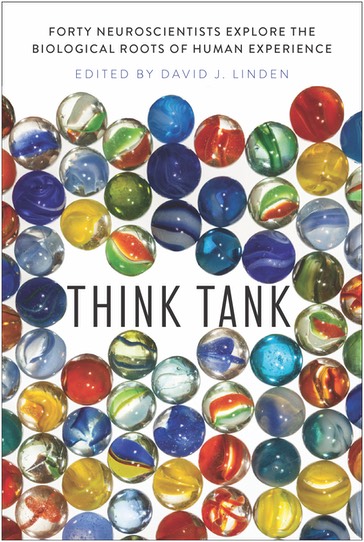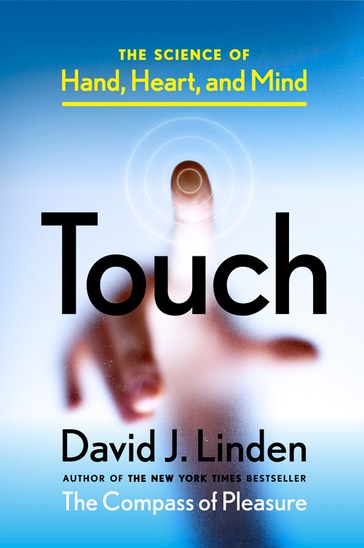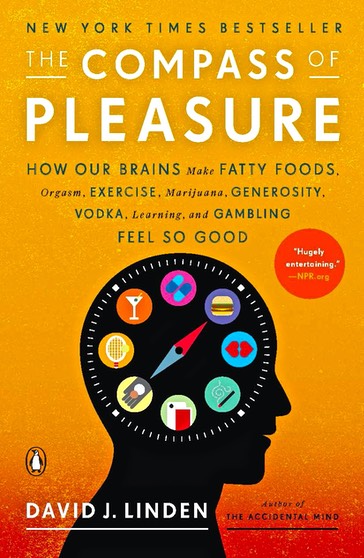Lord Byron, the British romantic and satiric poet of the early nineteenth century, wrote, “Man, being reasonable, must get drunk; the best of life is but intoxication.” While Byron was describing the effects of alcohol, the larger truth applies to psychoactive drugs generally. Because most are derived from plant extracts (cannabis, cocaine, caffeine, ibogaine, khat, heroin, nicotine) or from simple recipes applied to plants (alcohol, amphetamine) or fungi (mescaline), they are widely available and widely used.
In fact, intoxication with psychoactive drugs is not an exclusively human proclivity. Animals in the wild will also voluntarily and repeatedly consume psychoactive plants and fungi. Birds, elephants, and monkeys have all been reported to enthusiastically seek out fruits and berries that have fallen to the ground and undergone natural fermentation to produce alcohol. In Gabon, which lies in the western equatorial region of Africa, boars, elephants, porcupines, and gorillas have all been reported to consume the intoxicating, hallucinogenic iboga plant (Tabernanthe iboga). There is even some evidence that young elephants learn to eat iboga from observing the actions of their elders in the social group. In the highlands of Ethiopia, goats cut the middleman out of the Starbucks business model by munching wild coffee berries and catching a caffeine buzz.
But do we really know whether these animals like the psychoactive effects of the drug, or are they just willing to put up with them as a side effect of consuming a valuable food source? After all, fermented fruit is a tasty and nutritious meal. While it’s hard to dissociate these motivations in animals, many cases suggest that the psychoactive effect is the primary motivator for consumption. Often, only a tiny amount of plant or fungus is consumed, so while its nutritional effect is minuscule its psychoactive effect is large.
Perhaps the most dramatic example of nonnutritive animal intoxication is found among domesticated reindeer. The Chuckchee people of Siberia, who are reindeer herders, consume the bright red hallucinogenic mushroom Amanita muscaria as a ritual sacrament. Their reindeer also indulge. Having discovered the mushrooms growing wild under the birch trees, they gobble them up and then stagger around in a disoriented state, twitching their heads repeatedly as they wander off from the rest of the herd for hours at a time. The active ingredient of the Amanita mushroom is ibotenic acid, a portion of which is converted in the body into another compound called muscimol—the substance that actually produces the hallucinations.What’s interesting about ibotenic acid is that only a fraction is metabolized in the body to form muscimol, while the rest—about 80 percent of that consumed—is passed in the urine. The reindeer have learned that licking ibotenic acid–laden urine will produce as much of a high as eating the mushroom itself. In fact, this drugged urine will attract reindeer from far and wide, and they will even fight over access to a particularly attractive patch of yellow snow. All of this has not gone unnoticed by the Chuckchee, who collect the urine of their Amanita-eating shamans for two purposes. The first is simple thriftiness: Amanita mushrooms are often scarce, so urine recycling can provide about five doses for the cost of one fresh one, albeit with a rather severe aesthetic penalty. The second is that the reindeer are just as enthusiastic about human Amanita-tainted urine as their own, and so they can be effectively rounded up with a bit of the stuff sprinkled in a corral. Clearly, Siberian reindeer are not fighting over drugged urine for its nutritive value.
All this begs the question: Why is the use of psychoactive drugs so widespread? For simple pleasure? For brief spurts of energy? To reduce anxiety and foster relaxation and forgetting of one’s troubles? To excuse behavior that would not otherwise be socially tolerated? To stimulate creativity and explore new forms of perception? To augment ritual practice? The answer, of course, is all of the above. The psychiatrist Ronald K. Siegel holds that all creatures, from insects munching psychoactive plants to human children playing spinning games to get dizzy, have an inborn need for intoxication. He writes, “This behavior has so much force and persistence that it functions like a drive, just like our drives of hunger, thirst and sex.” Do we, in fact, have an innate drive to alter the function of our brains? And if so, why? For a subset of drugs that activate dopamine release in the brain’s mesolimbic reward circuit (heroin, cocaine, alcohol, nicotine, cannabis, amphetamine and some others), at least part of the answer seems to be “for a pleasure buzz.”But this fails to explain the cross-species appeal of hallucinogens like LSD, mescaline and ibogaine which fail activate the pleasure circuit yet remain popular.
This piece is excerpted from my new book: The Compass of Pleasure.



